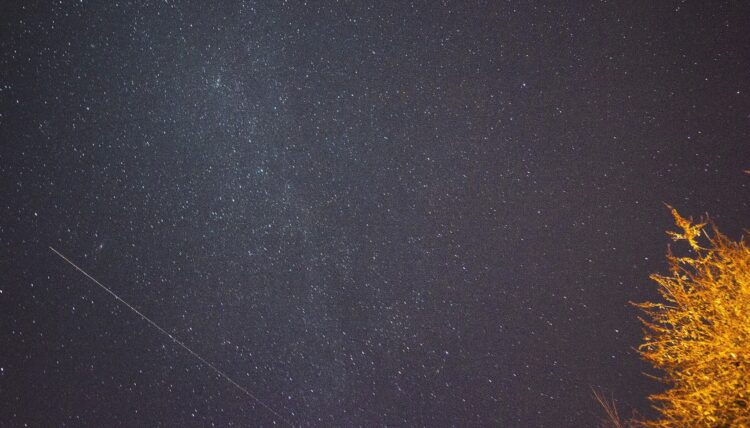
Meteor showers can best be seen with the naked eye.
Nov. 15. Look to the night sky Wednesday and Thursday, Nov. 16-17, for the Leonids.
The Leonids normally feature 10 to 15 shooting stars per hour, but on rare occasions, they have been known to produce “meteor storms,” which result in thousands of meteors streaking across the sky.
This year, the Leonids happen around the same time as the quarter Moon, which means the sky will be dimmer.
Viewing tips, from the Farmer’s Almanac
—The sky needs to be dark, away from city lights. Try to get to a viewing site as far as possible from bright lights.
—Bright moonlight, within a few days of a full moon will reduce the number of meteors that you will see. Obviously, the weather needs to cooperate so that the skies are clear.
—Look for a location with a wide-open view of the sky, free from obstructions like tall trees or buildings.
—Spend about 20 minutes outside for your eyes to fully adjust to the darkness of the night sky.
Coming in December
December’s full moon rises on Dec. 7—a week before the Geminids’ peak—which means that the meteors will still be competing with a waning gibbous moon as they reach their peak Tuesday and wednesday Dec. 13–14. Read more about the Geminid meteor shower here.





